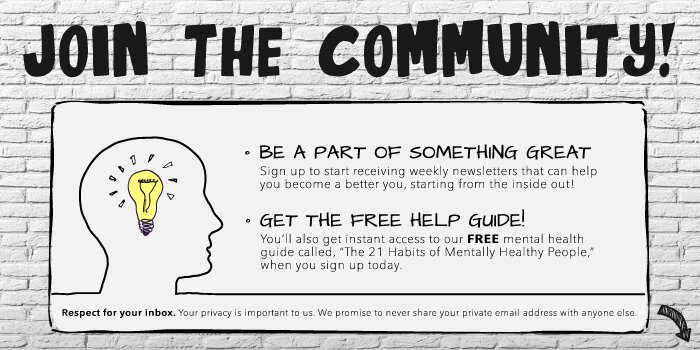Meditation for Anger Management
Anger is hazardous to your health.
It’s true. Research shows that chronic anger increases your risk of heart disease, diabetes, and an array of other health problems. Chronic anger—outbursts of rage, dramatic reactions to disappointment, moodiness, taking things personally—these constantly stimulate the body’s survival systems, impeding healing and the body’s natural protection from illness.
Meditation is an obvious answer to individuals with anger management issues. Not only does it create a calmer mind, but it also has healing effects that confront the very problems chronic anger can create.
New studies report that regular meditation can boost your cardiovascular health by lowering blood pressure over time—the exact opposite effect of chronic anger. When you get angry, your sympathetic nervous system is set off and the stress response is triggered, raising your blood pressure and sending your entire body into a state of “fight-or-flight.” On the other hand, the parasympathetic nervous system is responsible for calming sensations and for allowing the body to repair itself. Meditation speaks to the parasympathetic nervous system, reducing stress hormones that are released by excessive anger. Meditation has also been shown to decrease the risk of Alzheimer’s later in life by decreasing cortisol (a stress hormone) levels in the brain.
One study that followed monks who practiced Buddhist meditation, found that these individuals had greater instances of gamma brain wave activity. This is associated with memory, learning and positive emotion—i.e., happiness.
Perhaps you have difficulty expressing anger, and it cycles into depression. Or maybe you’ve lived as an angry person for most of your life, and you’re just starting to find a new perspective. Perhaps you’re still in the midst of anger, dissatisfaction, distrust or blame, and you want to find a way to stop the cycle before it begins having negative health effects.
No matter where you are on the Wheel of Anger, there is a simple solution that can begin soothing your knee-jerk anger impulses while, at the same time, allowing your body to heal itself faster and easier. The answer is meditation.
So how does one get started meditating?
It’s easy. Just find a quiet spot to be alone for at least 10 minutes. Turn off your cell phone and your TV. This is your moment of solitude. You can turn down the lights and light a candle if it makes the experience more meaningful for you.
Sit on the floor or in a chair. Get comfortable, making sure you can remain in this spot for a solid 10 minutes. Bring a kitchen timer or other alarm to ensure that you relax for the full time. As you continue to practice meditation, you won’t feel the need to time yourself, but, in the beginning, it’s a useful tool.
First, concentrate on your breathing, making sure to breathe from your belly—large expansive breaths that completely fill the abdomen. Shallow breathing in the chest area doesn’t inspire relaxation nearly as much as a deep belly breath. Pause at the top of your inhale, then exhale slowly, releasing the air in a controlled manner until there is no breath left in the lungs. Again, pause. Then begin to inhale again.
If you want, you can focus on your breath for the duration of the meditation. The sounds and sensations of one’s own breath in a quiet room can be transfixing, in and of itself. However, many people enjoy using a mantra, a calming word or phrase that is repeated, silently or aloud. Words like “calm,” “peace,” and “relax” are all good options. This repetition keeps the mind occupied without necessarily “thinking”. Plus, the message of the mantra sinks into the subconscious. So make sure it’s a good one!
If you have anger issues, there are two key meditations to keep in mind. One is called “Pause.” This is a momentary meditation—a kind of “meditation on the go” that can be done any time you feel your anger starting to build and an outburst coming on. Stop, close your eyes, breathe deeply, and focus on watching your anger subside. This might not sound like meditation, but it’s a simple meditative practice that can get you out of your anger just long enough to avoid flying off the handle. It works great in traffic, too. Just don’t close your eyes!
Another practice that helps those with anger is a “Loving-kindness Meditation.” While you’re doing your 10 minute meditation as described earlier, focus on sending love and kindness to someone who has sparked your anger. If it helps, you can start by sending yourself those feelings, then sending them to a good friend, then sending them to the person you’re angry with. It could sound silly—or even irritating—to think about sending good thoughts to someone you’re mad at, but after a few tries, it really does work!
Meditation is good for everyone, but, for those with anger issues, it’s a vital part of their wellness plan. Once you’ve given it a go with your timer a few times and are starting to feel the difference, you may want to experience something more challenging. There are guided meditations that can be done with an instructor or audio recording of guided meditations. Meditation is easy to learn, but it is also a skill. It deepens with practice. Stick with it, and watch as your anger begins to dissipate.
Related Reading



